Optimal Timing for Foundation Repairs
Foundation repairs are most effectively performed during specific times of the year when environmental conditions support optimal work conditions. Proper timing can ensure better curing of materials, reduce complications, and improve the longevity of repairs. Understanding seasonal patterns and soil conditions is essential for scheduling foundation work.
Spring offers moderate temperatures and stable moisture levels, ideal for foundation repairs. Soil is often moist from winter, making it easier to work with and less prone to shifting.
Summer provides longer daylight hours and warm weather, but excessive heat and dry soil conditions can complicate repairs. Proper planning is necessary to prevent materials from drying out too quickly.
Fall typically presents cooler temperatures and increased moisture, which can be beneficial for certain repair processes. However, the risk of early winter weather should be monitored.
Winter is generally less suitable due to freezing temperatures, frozen soil, and potential snow or ice. Repairs during this time may be delayed or require special precautions.

Ways to make Foundation Repairs work in tight or awkward layouts.
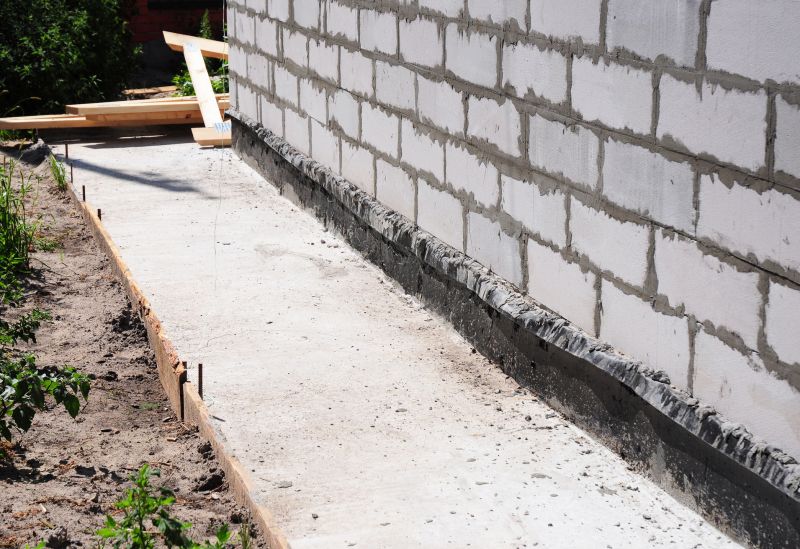
Popular materials for Foundation Repairs and why they hold up over time.
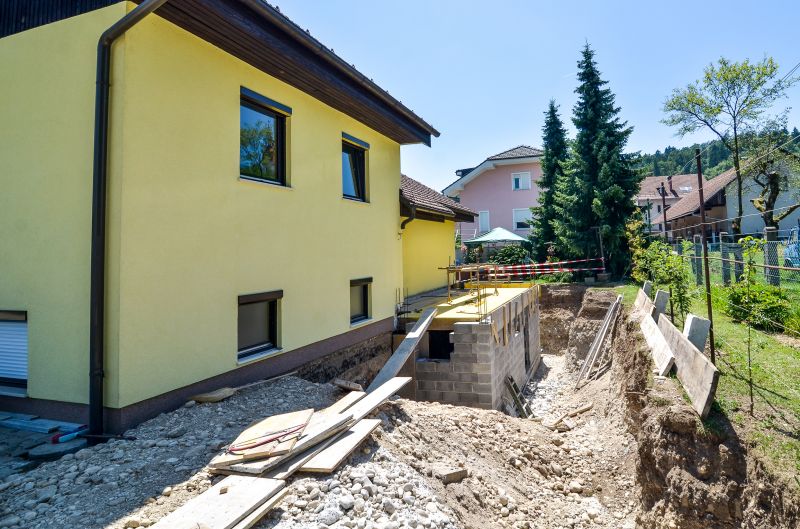
Simple add-ons that improve Foundation Repairs without blowing the budget.

High-end options that actually feel worth it for Foundation Repairs.
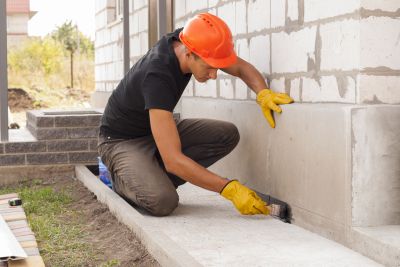
Finishes and colors that play nicely with Foundation Repairs.

Little measurements that prevent headaches on Foundation Repairs day.
| Season | Suitable Conditions |
|---|---|
| Spring | Moderate temperatures, moist soil, stable weather |
| Summer | Warm weather, longer days, potential dryness |
| Fall | Cooler temperatures, increased moisture |
| Winter | Freezing temperatures, frozen soil, snow/ice |
Foundation repairs involve addressing issues such as settling, cracking, and shifting that can compromise structural integrity. These repairs may include underpinning, mudjacking, pier installation, and crack sealing. Proper timing ensures that repairs are durable and less prone to future movement caused by soil conditions or weather fluctuations.
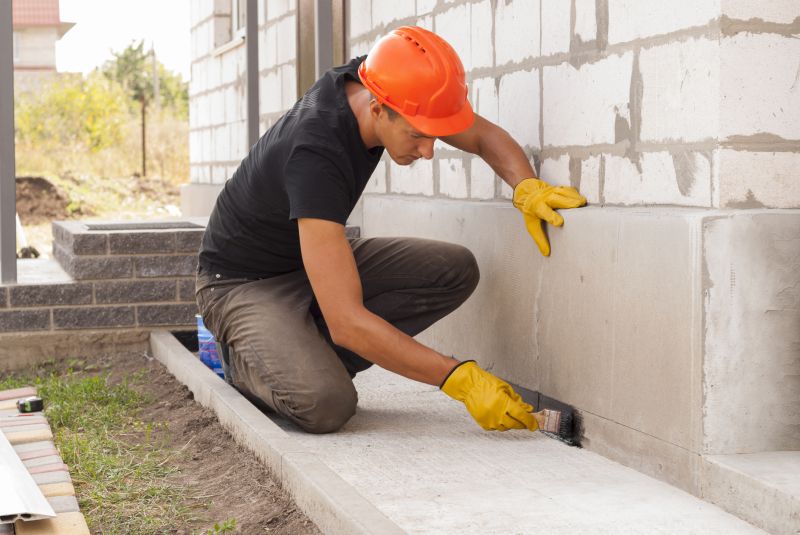
A 60-second routine that keeps Foundation Repairs looking new.

A frequent mistake in Foundation Repairs and how to dodge it.
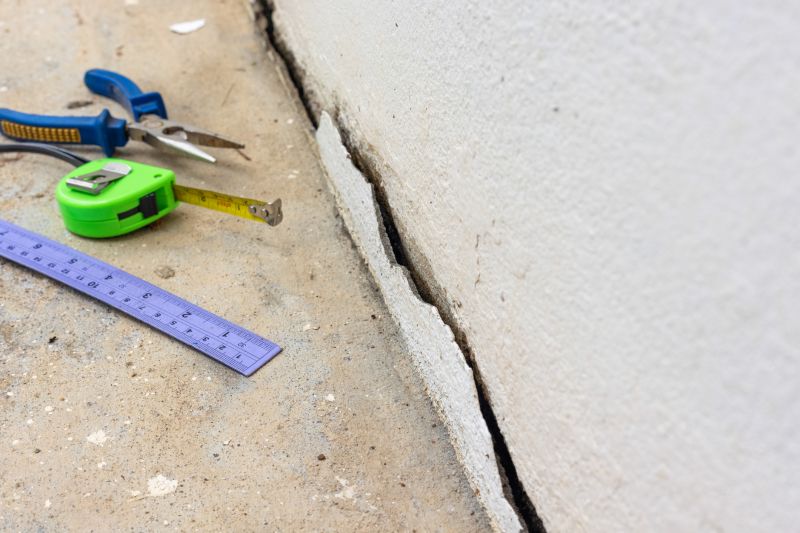
Small tweaks to make Foundation Repairs safer and easier to use.
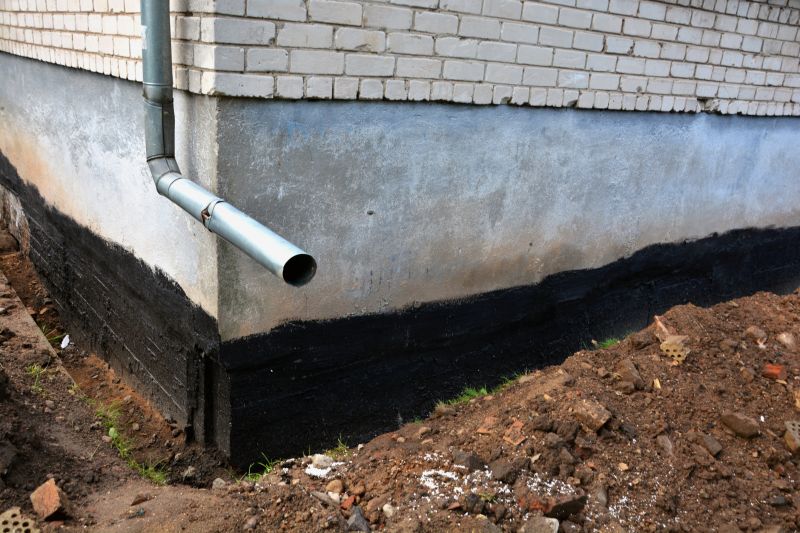
Lower-waste or water-saving choices for Foundation Repairs.
Scheduling foundation repairs during the optimal seasons can prevent further damage and reduce repair costs. Soil conditions, weather patterns, and temperature fluctuations all influence the success of repair projects. Consulting with foundation specialists can help determine the best timing based on specific site conditions.

